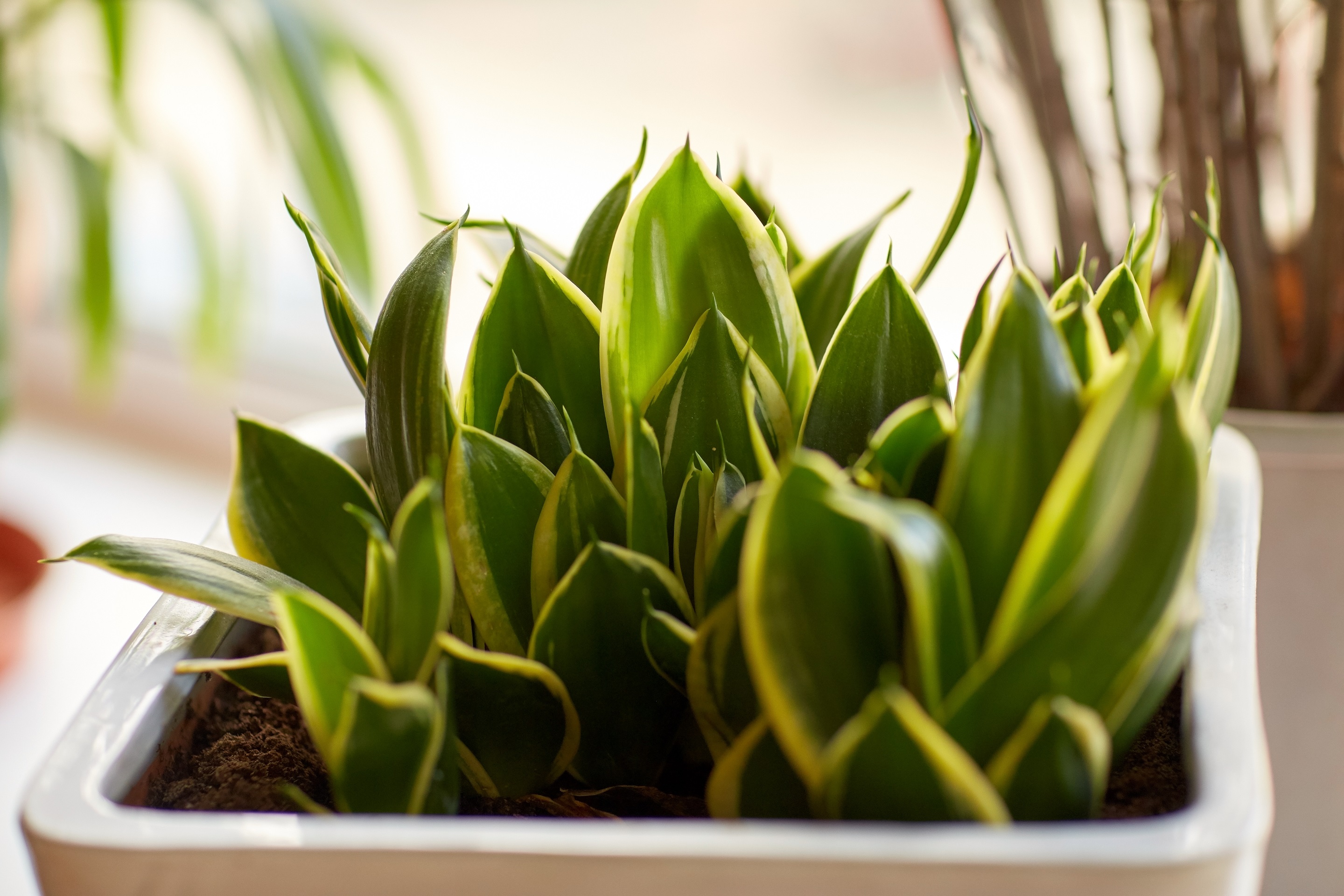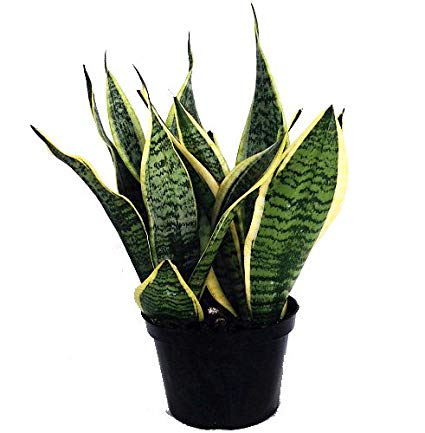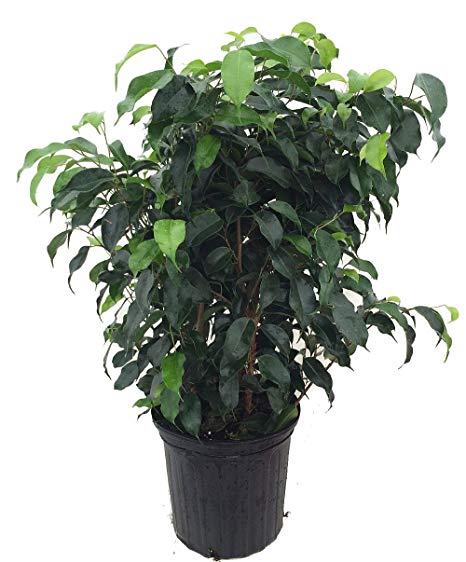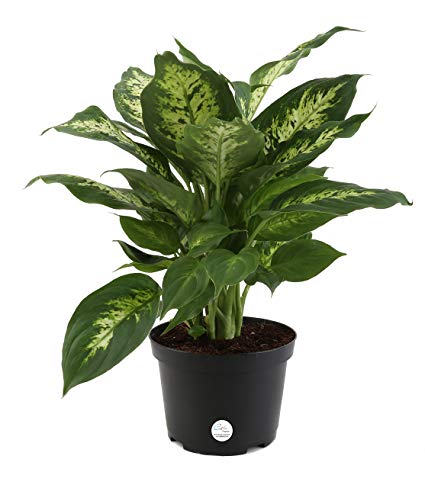Would you agree with me if I say ‘ where to purchase disulfiram Indoor P clgen-casino-it lants Are Dangerous Beauties?’
No, right!
Irrefutably indoor plants play numerous positive roles in our home environment. Apart from adding aesthetic interest to our indoors, they affect the cleanliness of the air you breathe. In addition to these prominent benefits, quite a few living plants contain curative properties which can aid in healing, and also boost mood and increase productivity.
Indoor plants are a wonderful addition to a home, and having them around is a great way to connect with nature. However, it is crucial to know about the dangers associated with few plants. Despite the fact that living indoor plants are safe, there are few which are tremendously poisonous for people and pets.
Avoid These 5 Toxic Indoor Plants At Your Indoors
The plants that can damage your health:
1. Peace Lily
The Peace lily is not a member of the Liliaceae family, hence it’s not a true lily. Also known as Spathiphyllum wallisii Regel or White Sail Plant, this indoor plant for ages has been one of the most popular ones grown in the indoors. These are excellent air purifiers; however, they have been linked to burning and swelling of lips, mouth, and tongue, causing trouble in speaking or swallowing, vomiting, nausea, and diarrhea. In addition to this if ingested by humans or animals, it can also cause death.
2. Snake Plant
Snake plant is one of the most commonly found indoor plants in several homes and offices. They are also popularly known as mother-in-law, good luck plant, golden bird’s nest, and Sansevieria trifasciata Prain. While these are extremely beautiful, if ingested it can cause gastrointestinal signs like drooling, vomiting, diarrhea, decreased appetite, Lethargy or depression.
3. Weeping Fig
Also called Ficus benjamina L., Weeping figs are incredibly popular. The major factor contributing to its popularity is that these grow very, very slowly. When determining the best place to display these, you need to ensure these are placed somewhere where your pets can’t reach. Weeping fig poisoning is a common and serious disorder in dogs with access to the plant. Since this plant occasionally sheds its leaves, it is important to take the necessary safety measures to keep your pets safe.
4. Dieffenbachia
Also called dumb cane, this indoor plant is related to the philodendron and holds the same oxalate crystals. This plant has fleshy leaves and thick stems since these are planted on large pots and placed on floors there are high chances of children and pets consuming it. Dieffenbachia ingestion can cause mild to moderate symptoms in both humans and pets which include extreme pain in the mouth, salivation, burning sensation, and swelling and numbing of the throat.
5. English Ivy
English ivy is one delicate display with small and pointed leaves. While these are the perfect go-to vine to have draping from your cupboard or indoor container garden. More than suggested quantities of English ivy ingested can cause stern issues. English ivy can cause symptoms like skin irritation, weakness, burning throat, dermatitis, rash, ataxia, and fever. Since this plant tends to trail, ensure that you keep it out of reach from children and pets.
Too Much Green Can Be Dangerous
During the daytime, plants utilize sunlight to photosynthesize, splitting carbon dioxide molecules to harvest nutritious carbohydrates for the plant and fill the air with life-giving oxygen. But, during the night time, when energy from light is unavailable, the process works in reverse order. What does it mean? Your green indoor plants could be producing more carbon dioxide into the air you breathe.
Plants benefits are unbeatable, but it is important to understand that we don’t overdo it.
Read: Bad Indoor Air? Know The Top 5 Diseases Caused By Air Pollution
Agar Curated by a building expert from Marte Wienerberger India














